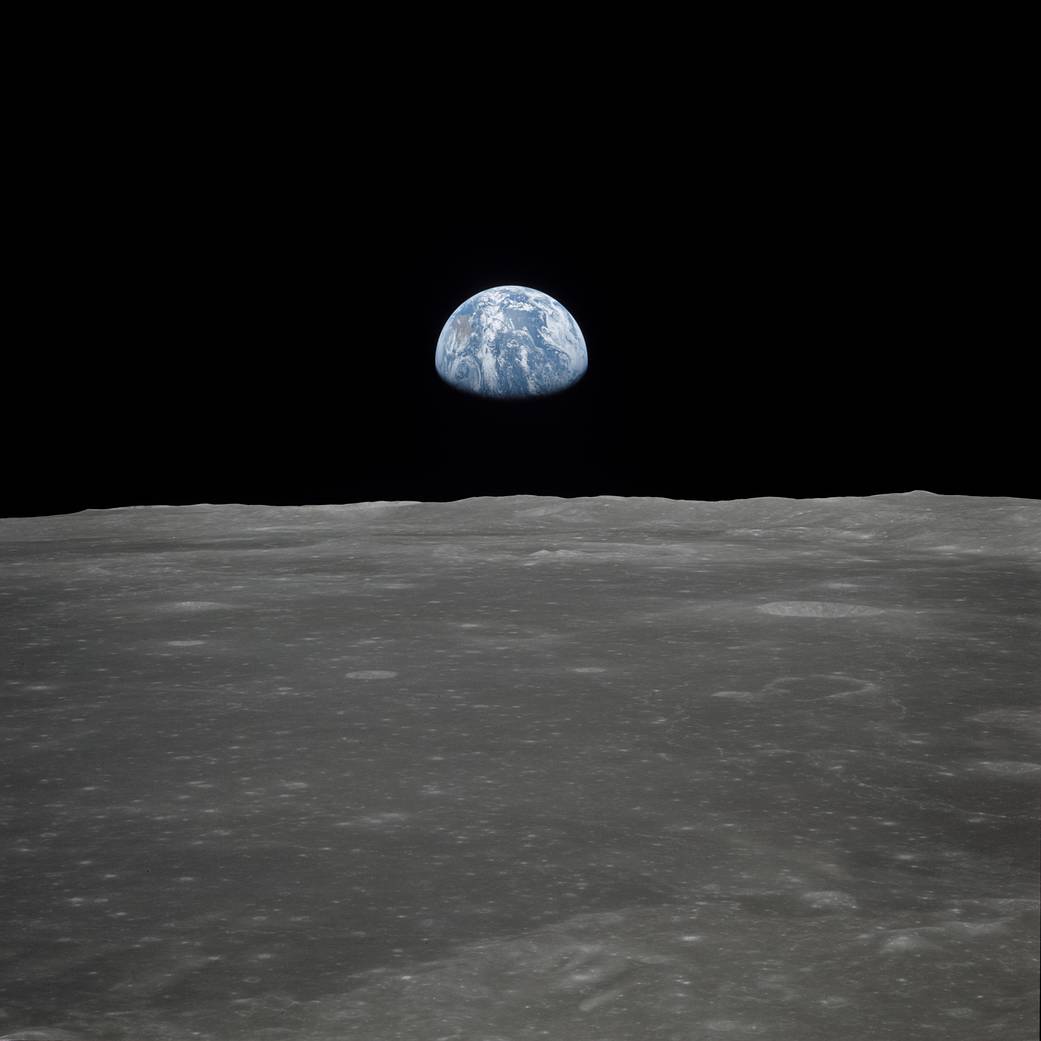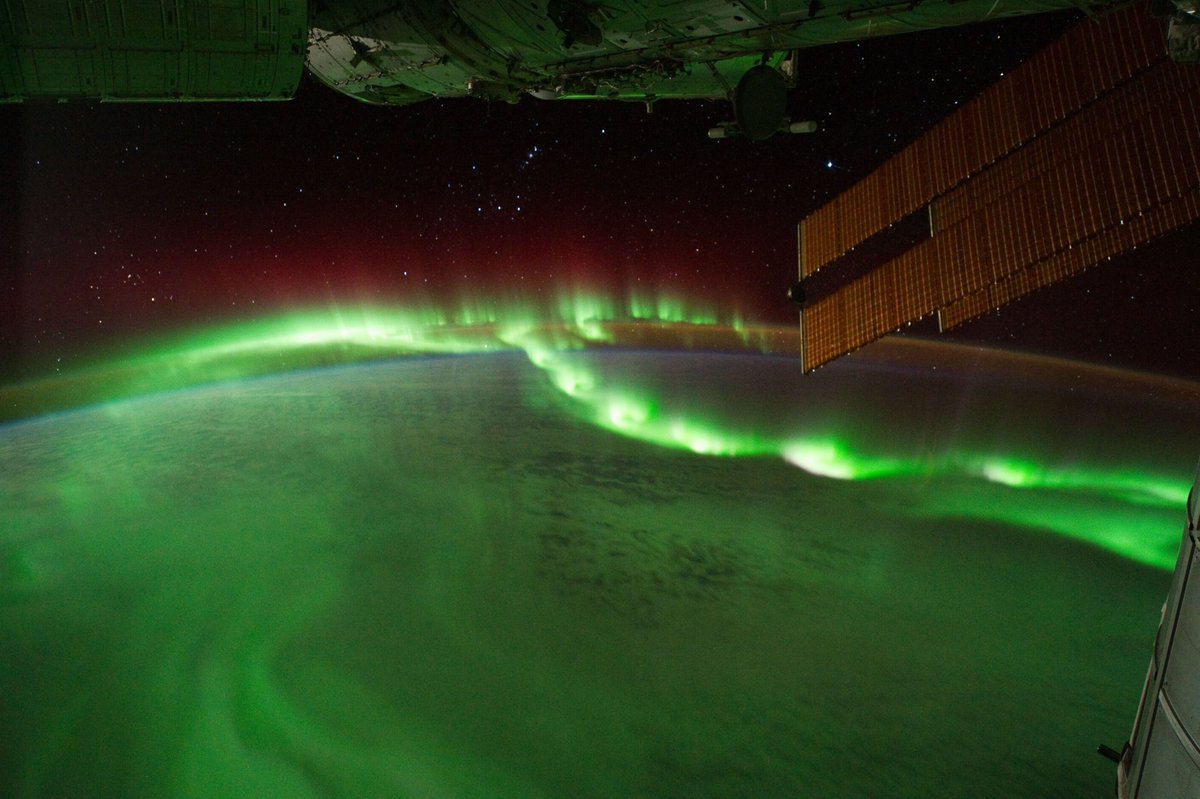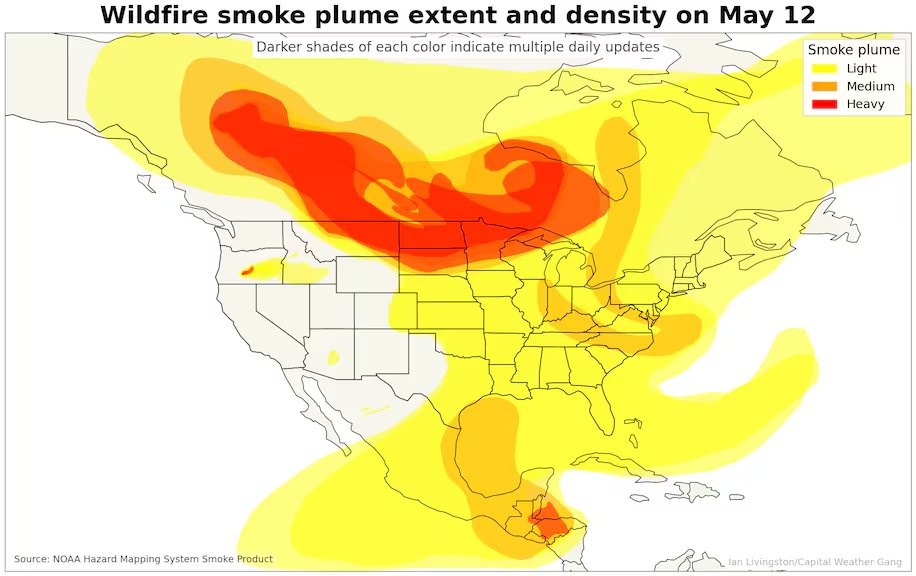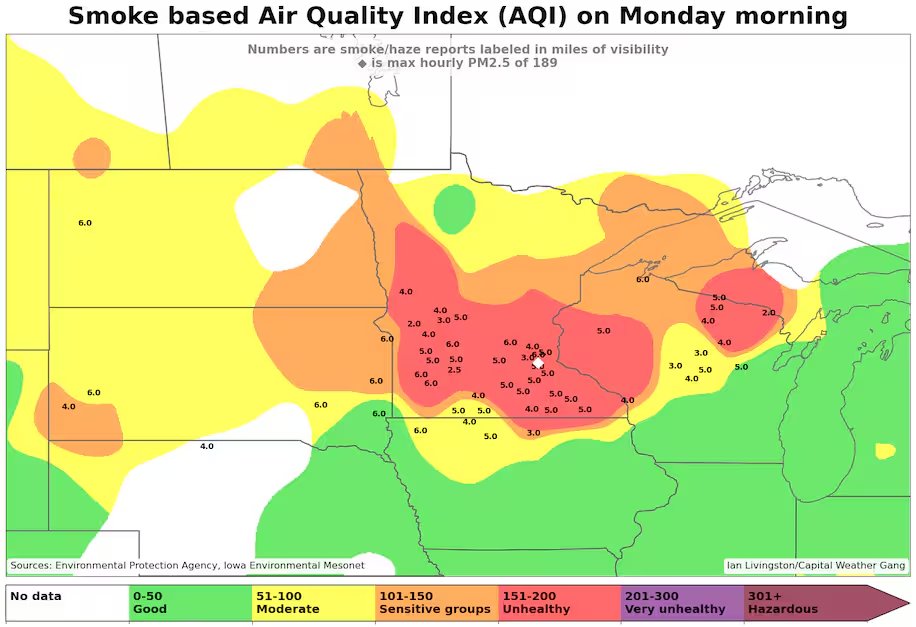Happy #EarthDay! We compiled images of Earth from different perspectives . Take a moment to appreciate the fragility and beauty of our home. 🧵
See the full list of images ranging from 12,000 feet under the sea to 4 billion miles in space by @KashaPatel: bit.ly/3AgM1xp
See the full list of images ranging from 12,000 feet under the sea to 4 billion miles in space by @KashaPatel: bit.ly/3AgM1xp

🛰️Bering Sea, from a satellite 440 miles above Earth
High vantage points often reveal large-scale marks on our planet. These colorful pockets are often blooms of microscopic marine algae called phytoplankton, from the Greek words phyto (plant) and plankton (wanderer).
High vantage points often reveal large-scale marks on our planet. These colorful pockets are often blooms of microscopic marine algae called phytoplankton, from the Greek words phyto (plant) and plankton (wanderer).

👨🚀Auroral beads, as captured from the International Space Station 250 miles above Earth
The aurora can sometimes be obscured to sky watchers on the ground by clouds, but astronauts on the International Space Station can have a front-row seat to aurora activity from above.
The aurora can sometimes be obscured to sky watchers on the ground by clouds, but astronauts on the International Space Station can have a front-row seat to aurora activity from above.

🪐Seen from Saturn by a spacecraft 898 million miles away from Earth. Can you spot Earth in the lower righthand corner? 

🌌Our Pale Blue Dot, from about 3.7 billion miles from Earth
"That’s here. That’s home. That’s us. On it, everyone you ever heard of, every human being who ever lived, lived out their lives." - astronomer Carl Sagan
"That’s here. That’s home. That’s us. On it, everyone you ever heard of, every human being who ever lived, lived out their lives." - astronomer Carl Sagan

• • •
Missing some Tweet in this thread? You can try to
force a refresh




















